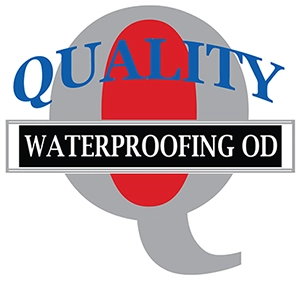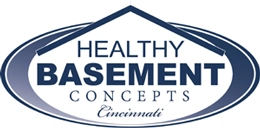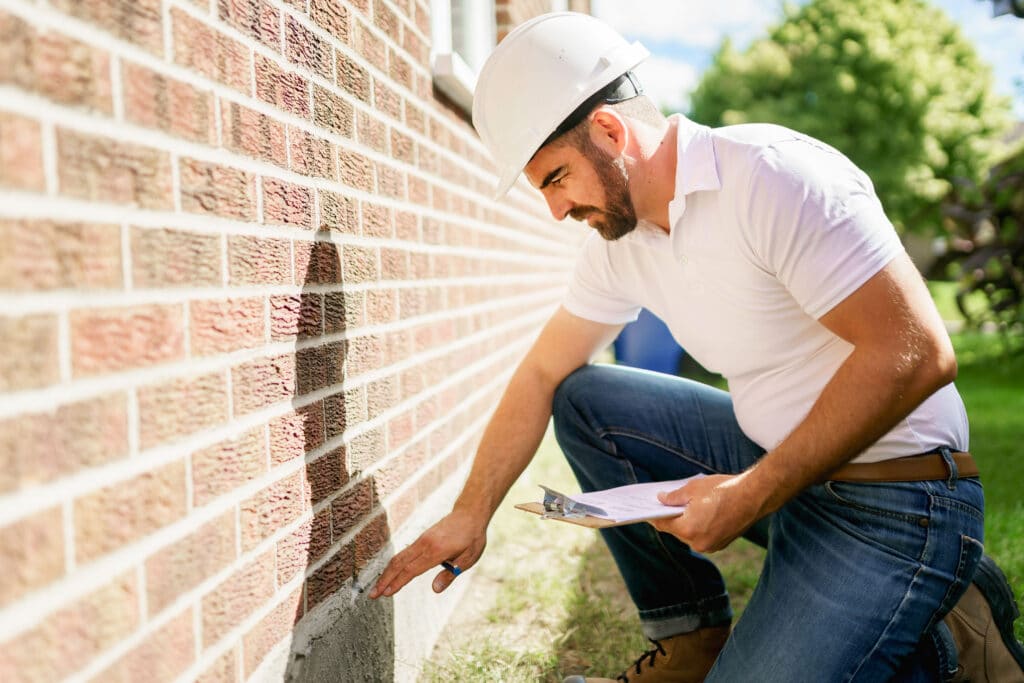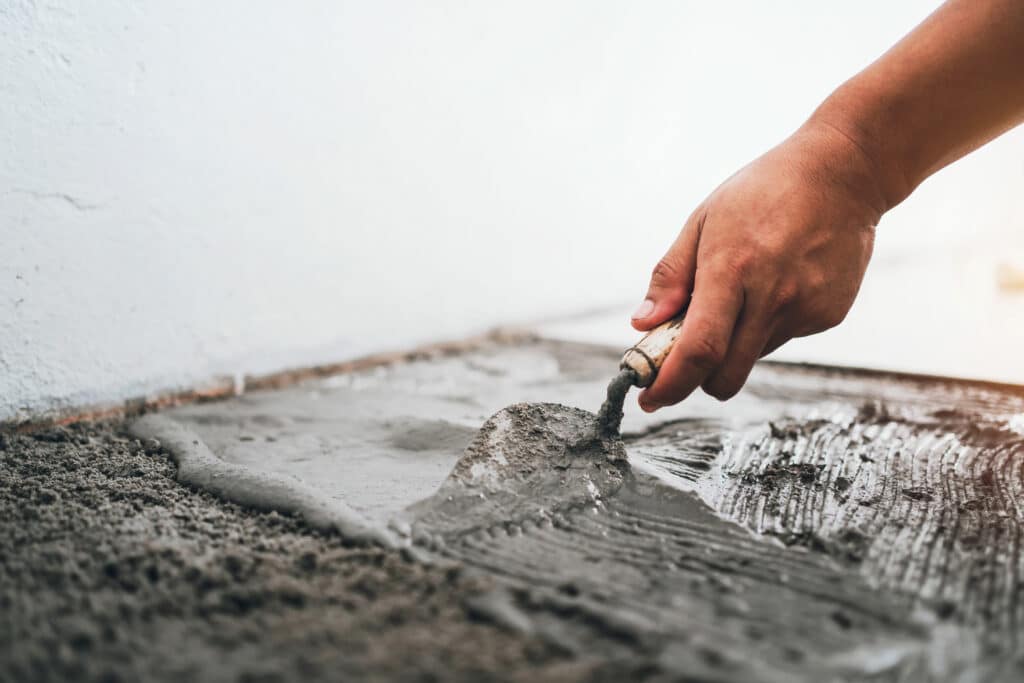Common Causes of Foundation Problems in Dayton
A home in Dayton might experience foundation issues for various reasons. Some are unique to the local environment, while others are common nationwide. They include:
- Aging plumbing: Dayton has its fair share of older homes, with a median building year of 1965. Many of these properties use cast-iron plumbing. When the pipes start eroding, leaking water could reach your foundation and even pool beneath it.
- Standing water: Pooling water around your home can be menacing to your foundation, especially when it gathers in areas your drainage system doesn't cover.
- Improper modifications: Roofing or landscaping work that wasn't performed to standard could lead to your foundation settling.
- Tree Roots: Tree roots can enter a home's foundation through cracks, and may apply force that causes your foundation cracking, pipes being damaged, and overall structural destabilization.
How to Choose the Best Foundation Repair Company
When choosing a foundation repair company, you should consider your personal priorities. Ask each company on your list about the following qualities.
Licensing and Experience
While Ohio doesn't regulate foundation repair companies at a state level, cities can choose to require licenses, exams, or continuing education. Contact the Dayton city hall, Greene County, or your regional building district for more information about what's necessary. You can also get a sense of a company's experience through the details its representatives share. Inquire about its inspection methods, local building regulations, permit-pulling procedures, and fees.
One of the most effective ways to assess a company's reputation is to visit its website. Look for how long the company has operated and what credentials its team holds. Many top companies offer educational content for prospective customers.
Customer Reviews
We advise examining the company's Better Business Bureau (BBB) profile to find out whether it's accredited and has a high customer review score. You can check whether other homeowners have expressed satisfaction or filed complaints. Pay special attention to what customers say about company warranties. Complaints aren't necessarily a red flag in themselves. Instead, discover how a company manages them. If the management team proactively and consistently resolves issues, it's a good sign. However, if the company lacks accreditation, shows more negative reviews than positive ones, and doesn't communicate effectively, you should think twice about working with it.
Lastly, we recommend you search different websites, such as Trustpilot and Google, for more opinions.
Foundation Repair Cost in Dayton
The cost of foundation repair can vary substantially based on the degree of the problems and what needs to be done to fix them. For minor foundation fracturing and settling concerns, you may pay as little as $1,800. However, if there is considerable damage, the normal cost will be around $2,300. More intricate jobs involving digging, helical piers, or major concrete leveling could run you $6,700. This table shows the average foundation repair costs for common issues.
| Common Foundation Repair Services | Average Cost |
|---|---|
| Crack Repair | $290 |
| Leak Repair | $2,233 |
| Stabilization | $3,798 |
| Underpinning | $1,115 |
| Waterproofing | $2,457 |
Ready to Get a Quote on Your Foundation Repair Project?
Please enter a valid 5-digit zip code!
Frequently Asked Questions About Foundation Repair in Dayton
How much does foundation repair cost in Dayton?
When would I need a foundation replacement, and when could I just get a repair?
What are the different types of foundations in Dayton?
How long does foundation repair usually take?
To share feedback or ask a question about this article, send a note to our Reviews Team at reviewsteam@thisoldhousereviews.com.
More Foundation Resources
National Foundation Repair Ranking Methodology
Sources
U.S. Census Bureau (American Communities Survey)
















